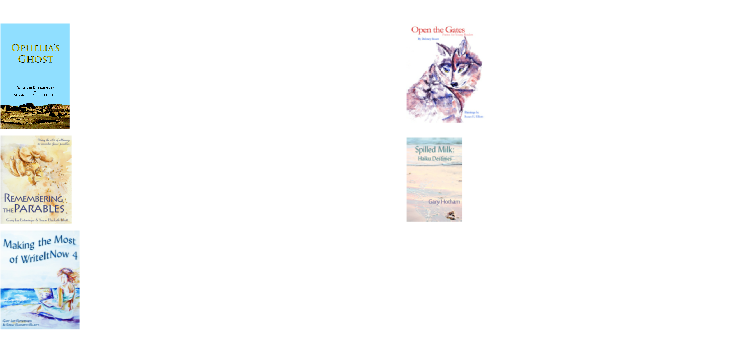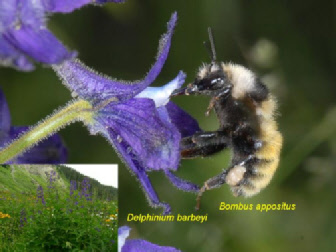BIO: Painter, writer, and ecologist. Susan Elliott studied botany and French at Humboldt State University and has a Ph.D. in biology from Dartmouth College. She is a student of Chinese watercolor techniques.
Elliott is the chief book designer for Pinyon Publishing. Read and Listen to Interviews with Susan Elliott.

Ecological Studies:
Ecology, evolution, and conservation of plant-pollinator mutualisms.
Teaching:
Teaching Assistant
2008. Biostatistics, Dartmouth College.
2007. Marine Tropical Ecology, Dartmouth College.
2007. Terrestrial Tropical Ecology, Dartmouth College.
2006. Conservation of Biodiversity, Dartmouth College.
Instructor
2000-2002. Supplementary Instruction in Botany, Humboldt State University
Education:
2008. Ph.D. in Biology. Reciprocal benefits in a plant-pollinator mutualism. Dartmouth College.
2002. B.S. in Botany and B.A. in French, Humboldt State University.
Outreach:
2007. Wild Pollinator Workshop, Dartmouth Organic Farm, Hanover, NH.
2007. Day with a Desert Ecologist, Unity College Desert Ecology, Santa Rita Experimental Range, AZ.
2004-2007. Buzzing bees: Investigate the hidden life of bees, Kids Nature Camp, Rocky Mountain Biological Lab, Gothic, CO.
2003-2004. Bumble Bee Ecology, Fourth Grade classrooms, Winters, CA.
Scientific Publications:
Scientific Articles
Popular Articles/Interviews
2007. Nature Notes. Crested Butte Radio Interview. MP3
2006. The Underground Life of Bees. Crested Butte News Article. PDF
Dissertation Summary:
Reciprocal benefits in a plant-pollinator mutualism
From 2003-2008, I studied the interdependence between a long-tongued bumble bee, Bombus appositus, and a perennial wildflower, Delphinium barbeyi (Ranunculaceae), at the Rocky Mountain Biological Lab in Gothic, CO. Bombus appositus acquires most of its food from D. barbeyi, and in return, most of D. barbeyi's pollination services come from B. appositus. My research tests how sensitive these species are to changes in the abundance of their mutualist partner.

Plant Perspective
I tested how seed production varies with natural and experimental levels of pollen receipt and pollinator abundance.

I found that when D. barbeyi flowers have very high pollination, they also experience high seed predation by fly seed predators. As a result, seed predation dampens the benefits of high pollination for seed production. If pollinators are scarce, then flowers can still produce a few seeds autogamously, without pollinators. Therefore, the plants are buffered from responding to both extreme high and extreme low pollinator abundances, and in most years, I find that flowers are saturated with pollinator visits.
Bee Perspective
I tested how bee reproduction varies with natural and experimental variation in flower abundance (or food supply).
I found that bee reproduction was constant across meadows that vary 10-fold in flower abundance, likely because they spread their colonies out evenly so that flower availability per colony remains constant. Bees may also be unresponsive to flower abundance because they are not always food-limited. In 2006, colonies did very well and reproduction was food-limited (i.e., fed colonies had higher reproduction than control colonies). However, in 2007, colonies did very poorly and never got large enough to exhause their floral resources. As a result, there was a surplus of flowers for bee reproduction and fed colonies did not produce significantly more offspring than control colonies.
Since there was a surplus of flowers for bee reproduction in 2007, this meant that there was shortage of bees to pollinate D. barbeyi flowers. Consequently, in contrast to previous years when flowers were saturated with pollinator visits, in 2007, there was a strong relationship between bee abundance and seed production.

Conclusions
The bees and flowers do respond to changes in each others abundance. However, since these responses are separated in time; if one species changes in abundance, it may be 10 years or 10 miles down the road, before we see an effect in the partner population. This work supports the growing evidence that to understand bee-plant interdependence, we need to incorporate a broader geographic and temporal perspectives.
Page last updated: October 12, 2019
All pages copyright © 2019 by Acquired Intelligence, Inc.






